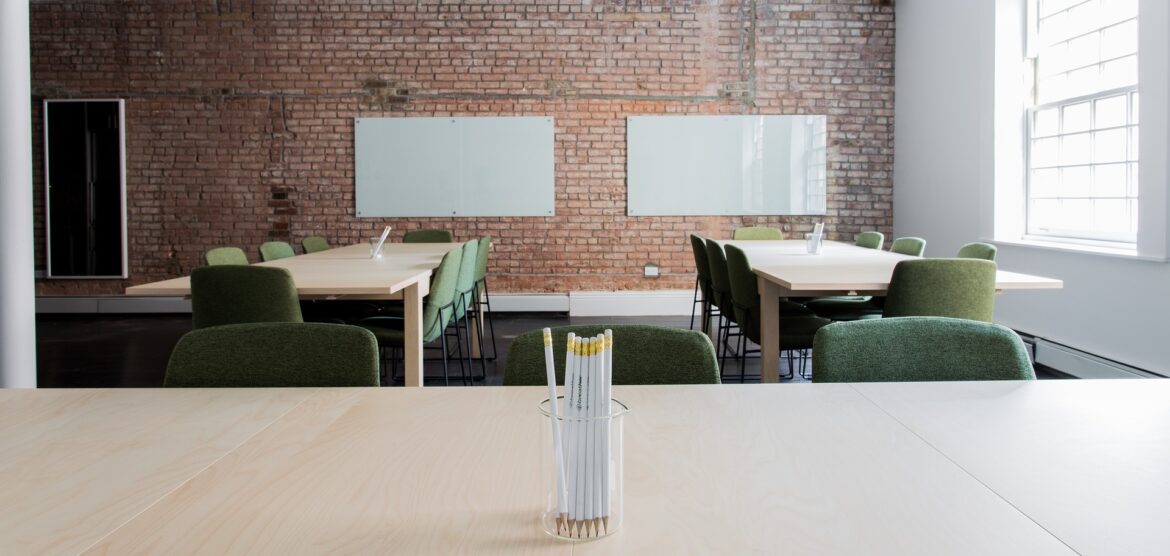Thought leaders, journalist and managers are playing ping pong with the concept of remote work all over social media. CEOs are sweating the potential loss of creativity and culture if people stay remote. Employees are threatening to walk if they’re forced to endure a daily commute. And yet most organizations haven’t nailed down their plans for how to move forward when the opportunity for group work settings return.
This debate will continue into 2022 as organizations iterate their business models to catch up with prevailing economic realities. Regardless of their ultimate decisions, teams must keep three considerations in mind when it comes to the new world of work.
- Everyone should find their own path forward and not rely on what other people/businesses are doing.
- Organizations must address the growing divide between corporate employees, many of whom are gaining flexibility in how they do their jobs, and frontline workers, who are still required to clock in on-site for their shifts.
- No one is “returning to the office.”
That last point may sound contradictory given that some people have already started to work from offices again. However, it doesn’t matter if 10% or 100% of the team comes back into the building over the next few months. Things are not going back to the way they were pre-2020. In fact, work is about to get harder.
This is about more than work.
People haven’t just changed how they do their jobs over the past 16 months. People have changed how they live. They’ve adopted new routines. They’ve started new wellness and fitness programs. Some have even relocated thanks to the added flexibility that comes with remote work. Expecting people to rewind their lives to some version of expired normalcy isn’t just unrealistic. It’s disrespectful.
Some people may be more than happy to step back into the same dress shoes they were wearing in 2019. Many would be more than happy leaving those shoes buried in their bedroom/office closets.
New habits will persist.
When employees do re-enter the office, they’ll be bringing some new friends with them. No, I’m not talking about the kids, who will hopefully be back in school or daycare. I’m talking about the skills and habits employees developed as they learned how to do their jobs differently. They’ll also be carrying larger toolkits than when they left. After all, Teams, Slack and Zoom aren’t just going to vanish. They are deeply embedded within workplace practices, regardless of where people sit.
If one person is remote, everyone is remote.
Some companies were already remote before things changed. Some will give employees the option to work wherever they prefer. And some will require people in specific roles to be in the office for a set number of days every week. In the end, it won’t really matter when it comes to day-to-day practices. To provide an equitable experience, organizations must adopt the “when one person is remote, everyone is remote” mindset and promote tactics that help people engage in work regardless of role or location.
Shaping hybrid work will require effort.
The past 16 months have been incredibly hard. Reopening the office may come with a feeling of relief. It will certainly be nice to see people in-person again. But the transition to a real hybrid work model will be hard, too. Thankfully, we can be proactive this time around and get ahead of the disruption before it overwhelms us.
Every organization must craft a workplace experience that works for their people, culture and goals. This is why every company needs an “architect” – a person/team dedicated to enabling right-fit workplace experiences. Rather than focus on making rules and deciding who is permitted to be remote moving forward, this role will operate through the a wide and evolving network to make sure everyone has the knowledge and resources they need to make work work.
The architect will work directly for the CEO and collaborate with HR, L&D, Operations, Compliance, Legal and IT to align priorities and promote proven practices. They’ll lessen divides between corporate and frontline workers, ensuring everyone has the support they need and opportunities they deserve regardless of role, location, background or manager. They’ll promote wellness just as much (if not more than) they promote productivity. They’ll measure the effectiveness of your workplace – not just by KPIs but also by actively listening to people.
Just as the curator is your organization’s knowledge champion, this architect is your workplace experience champion. They’ll make sure that, rather than “returning” to the office, your company seizes this opportunity to push the workplace experience forward in an equitable, impactful, responsible and human way.



